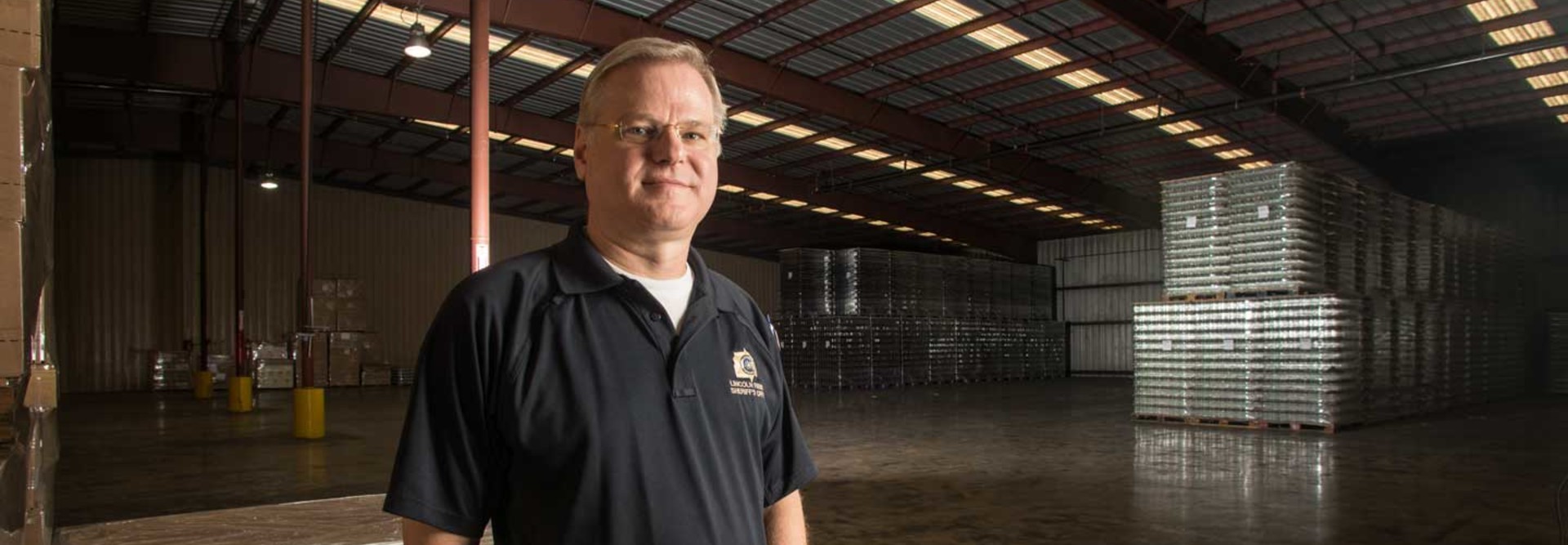As Video Surveillance Grows, Police Departments Hunt for Storage Options
When the Lincoln Parish Sheriff’s Office first considered deploying video cameras in patrol cars, some veterans of the Louisiana force resisted the idea. But after the cameras were installed last May, virtually the entire department embraced the change, says Deputy Sheriff Michael Rainwater.
“We have obtained evidence that we normally would not have gotten. People have incriminated themselves sitting in the backseat of the car,” Rainwater says, adding that people sometimes mutter to themselves on camera about their crimes even while officers are searching their trunks. “Some of it is comical.”
Despite its benefits, video does create one problem for many departments — a problem that grows larger every time an officer presses the record button — and that’s the huge volume of files that must be stored, managed and protected.
Rainwater expects Lincoln Parish’s 30 in-car cameras to generate around 12 to 13 terabytes of data per year. The department is also considering rolling out body cameras, which could double or even triple storage needs. Factor in the Louisiana requirement to archive most video records for 10 years, and space can run out pretty quickly.
“I’ve prepared for a lot of growth,” Rainwater says.
Investigating the Options
As Rainwater searched for a storage solution for Lincoln Parish, the need to accommodate the ever-increasing storage needs was a top priority. He ultimately opted for two EMC Isilon storage devices, placing one in the department and another at the courthouse for backup. Each device has around 46TB of usable space, but nodes can be quickly added to scale capacity with minimal hassle.
The estimated amount of data produced monthly by each of the 600 body cameras deployed by the Oakland Police Department
SOURCE: Center for Digital Government, “Public Safety Video: A Strategic Plan for Success,” 2015
“There’s no configuration to speak of, and there are no migrations,” Rainwater says. “I can call and order another node, and we’ll never have to break stride. It just keeps adding more and more space without any downtime. It’s basically an unlimited file system.”
In Maine, the addition of the Panasonic Arbitrator 360 HD surveillance digital video recording system requires the Brewer Police Department to upgrade servers in order to store the footage. In fact, when the department moved from standard-definition video to high-definition video last year, it eliminated side-angle video in order to reduce the amount of data produced.
“It was quite rare that we actually needed those [side angles],” says Jason Moffitt, deputy chief. “Every channel you add of video is a bit more storage you have to add to your server.”
Because some of the HD video files are too large to burn onto a DVD for prosecutors, Moffitt says the department has to load them onto flash drives, which is more expensive. The department is looking into giving attorneys a way to access the files remotely.
Still, Moffitt says the benefits of video outweigh the drawbacks, and the public has come to expect police to be able to present video evidence against defendants. “Technology is 100 percent part of the job now,” he says. “We really don’t have a choice. We need to learn about these technologies and learn how to manage them. The problem is, the technology is outpacing our ability to manage the data.”
Finding Choices in the Cloud
In Bryan, Texas, police use Imation’s Nexsan Assureon archive storage solution to house video from its Arbitrator in-car cameras, and the department recently doubled its on-premises storage capacity from 40TB to 80TB.
The department’s video storage needs were “growing astronomically” around two years ago, says Cray Crouse, IT operations division manager for the city. Now, certain files such as videos of routine traffic stops are automatically erased after a set time period. Data growth has plateaued to around one percent a month, meaning the city likely won’t have to expand storage for in-car video until 2018.
That’s the good news. Less good? The city is set to deploy 143 body cameras this year, with storage needs that are expected to dwarf those of the approximately 60 car cameras already deployed by the city. “The numbers are going to go through the roof,” Crouse says.
To accommodate the data growth, Bryan signed a five-year deal with its body camera vendor for cloud storage. For an annual fee of $160,000, the city of Bryan will receive unlimited cloud storage. Crouse adds that the cloud option means that the city doesn’t need to worry about reconfiguring space, providing more power to its own data center and managing the physical equipment.
However, not all departments are comfortable trusting third parties with video evidence. “We feel more secure with on-premises storage,” says Lt. Chad Brecklin of the Fitchburg (Wis.) Police Department, which uses Arbitrator car cameras. “It’s kind of a conservative approach, and we don’t have to rely on others for that security.” Part of the reason onsite storage feels safer to Brecklin is that he doesn’t view his small city as a prime target for hackers, while attackers would no doubt love to breach a big cloud storage provider.
Rainwater agrees. “I guess I’m old-fashioned,” he says. “In the field of law enforcement, there’s a mentality of, ‘That’s my video, that’s my evidence.’ It needs to be in my evidence room and not somebody else’s.”
One thing is certain: Video is multiplying, and it will have to be stored somewhere, whether that’s on-premises or in the cloud. Advances in resolution or other changes in technology could exacerbate the problem of limited storage space, and what qualifies as a surplus today could be a drought tomorrow.
“When I started dealing with storage problems in our office 12 or 15 years ago, I never in my wildest expectation would have thought I would be dealing in 50TB figures,” says Rainwater. “That would have just been inconceivable.”
To learn more about law enforcement is using technology, check out "Police Departments Turn to In-Car Video Cameras to Boost Accountability, Transparency."










